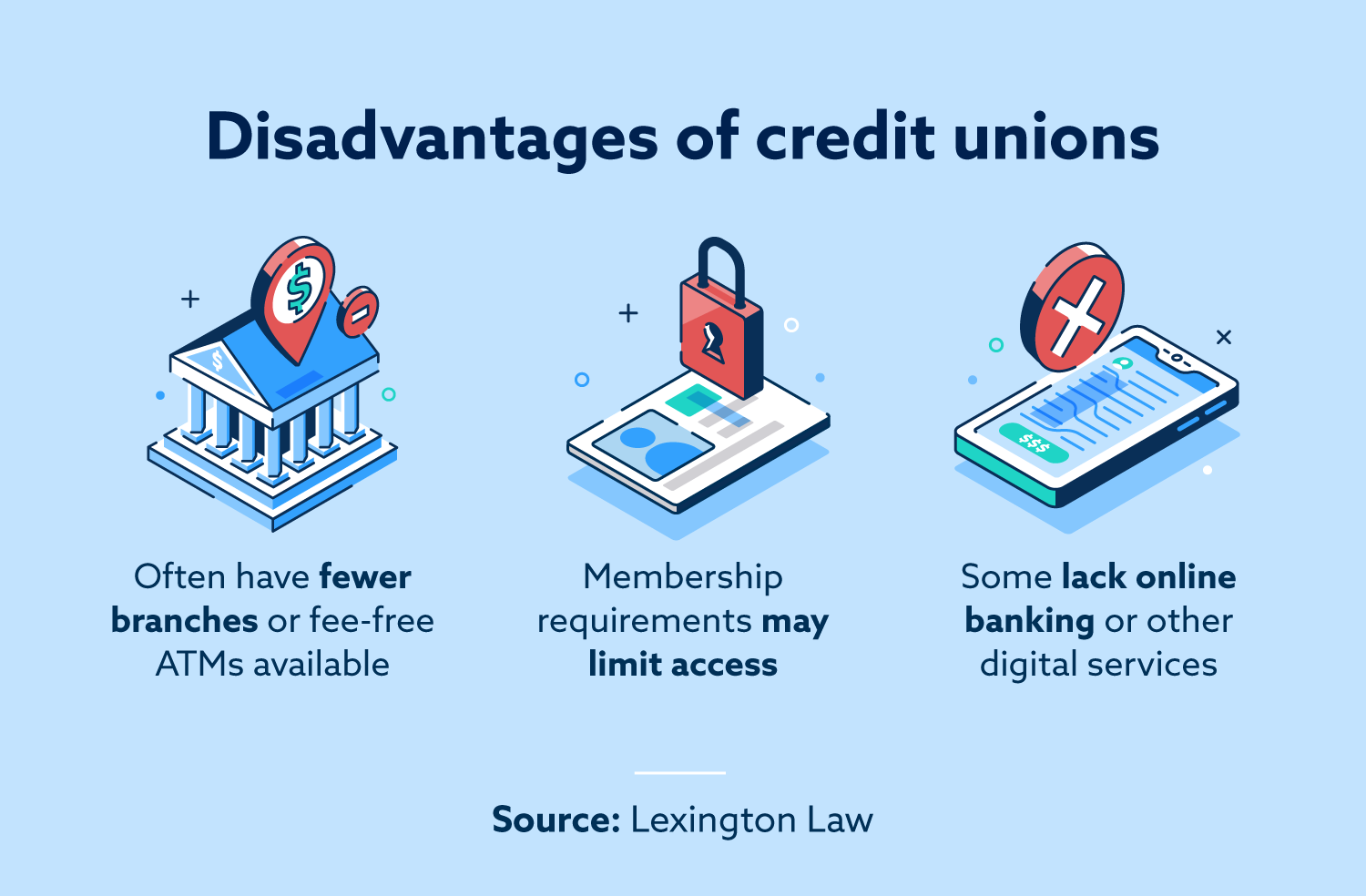Hybrid Line of Credit: Cutting-edge Financial Products from Wyoming Credit Unions
Hybrid Line of Credit: Cutting-edge Financial Products from Wyoming Credit Unions
Blog Article
The Ultimate Guide to Understanding Lending Institution

Credit report unions stand as distinct economic entities, rooted in concepts of mutual assistance and member-driven operations. As we navigate with the details of credit unions, an insightful trip waits for to drop light on these member-focused organizations and just how they differ from typical banks.
What Are Credit Report Unions?
Lending institution are member-owned financial organizations that supply a series of banking solutions to their members. Unlike standard banks, credit report unions run as not-for-profit companies, meaning their key focus is on serving their participants as opposed to taking full advantage of earnings. Participants of a lending institution usually share an usual bond, such as helping the exact same employer, coming from the exact same community, or belonging to the exact same company.
One of the essential benefits of credit history unions is that they frequently use greater rate of interest on cost savings accounts and reduced interest prices on fundings compared to financial institutions. Federal Credit Union. This is since credit unions are structured to profit their members straight, permitting them to hand down their incomes in the kind of far better rates and fewer costs. Additionally, cooperative credit union are recognized for their individualized customer service, as they prioritize building connections with their members to recognize their unique economic requirements and goals
Background and Advancement of Lending Institution
The origins of member-owned financial cooperatives, recognized today as cooperative credit union, trace back to a time when areas looked for choices to conventional banking organizations. The principle of lending institution stem in the 19th century in Europe, with Friedrich Wilhelm Raiffeisen frequently credited as the leader of the cooperative financial motion. Raiffeisen started the very first recognized credit scores union in Germany in the mid-1800s, emphasizing neighborhood support and self-help principles.
The evolution of credit rating unions continued in The United States and copyright, where Alphonse Desjardins developed the first cooperative credit union in copyright in 1900. Quickly after, in 1909, the first U.S. lending institution was developed in New Hampshire by a group of Franco-American immigrants. These very early cooperative credit union operated the basic principles of mutual aid, democratic control, and member ownership.
With time, cooperative credit union have actually grown in popularity worldwide due to their not-for-profit framework, emphasis on serving members, and providing affordable financial products and services. Today, lending institution play a vital function in the financial sector, giving community-oriented and available banking alternatives for people and businesses alike.

Membership and Eligibility Requirements
Subscription at a credit score union is generally limited to people satisfying particular eligibility criteria based on the establishment's starting principles and regulatory demands. Some credit score unions might just serve people who live or work in a certain area, while others might be customized to staff members of a specific firm or participants of a particular association.
Furthermore, lending institution are structured as not-for-profit organizations, meaning that their main goal is to offer their participants rather than produce earnings for investors. This concentrate on participant service commonly equates into even more customized interest, lower charges, and competitive rate of interest on financial savings and finances accounts. By satisfying the qualification criteria and coming to be a member of a cooperative credit union, people can access a range of monetary items and services customized to their certain demands.
Providers and Products Offered
One of the key elements that sets cooperative credit union apart is the diverse array of economic product and services they provide to navigate here their members. Cooperative credit union generally offer conventional financial solutions such as cost savings and inspecting accounts, lendings, and bank card. Participants can additionally take advantage of financial investment solutions, consisting of pension and financial planning assistance. Many lending institution offer competitive rates of interest on interest-bearing accounts and fundings, in addition to reduced charges contrasted to typical financial institutions.
Additionally, lending institution often provide hassle-free online and mobile banking options for participants to quickly handle their finances. They may use advantages such as shared branching, permitting participants to access their accounts at various other cooperative credit union across the country. Some cooperative credit union likewise offer insurance products like home, vehicle, and life insurance to aid members secure their properties and loved ones.

Benefits of Banking With Credit Unions
When taking into consideration economic institutions, checking out the advantages of banking with credit score unions reveals one-of-a-kind advantages for members seeking individualized service and affordable rates. Unlike huge you can find out more financial institutions, credit score unions are member-owned and focus on building solid partnerships with their participants. In general, financial with a debt union can give a more customized, cost-effective, and member-centric financial experience.
Final Thought
In conclusion, credit history unions stand out as member-owned monetary institutions that prioritize serving their participants over making the most of profits. With origins dating back to 19th century Europe, credit report unions follow concepts of mutual aid and member ownership.
Credit unions are member-owned monetary organizations that offer an array of financial solutions to their members. learn the facts here now The principle of credit history unions stem in the 19th century in Europe, with Friedrich Wilhelm Raiffeisen commonly credited as the pioneer of the cooperative financial movement.The development of debt unions proceeded in North America, where Alphonse Desjardins established the initial credit report union in copyright in 1900. Debt unions typically give traditional banking solutions such as financial savings and examining accounts, car loans, and credit history cards.When taking into consideration economic establishments, exploring the benefits of financial with credit scores unions reveals unique benefits for members looking for customized solution and competitive prices.
Report this page